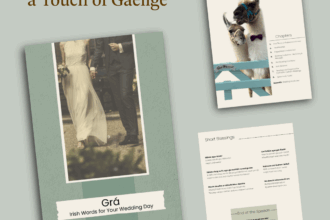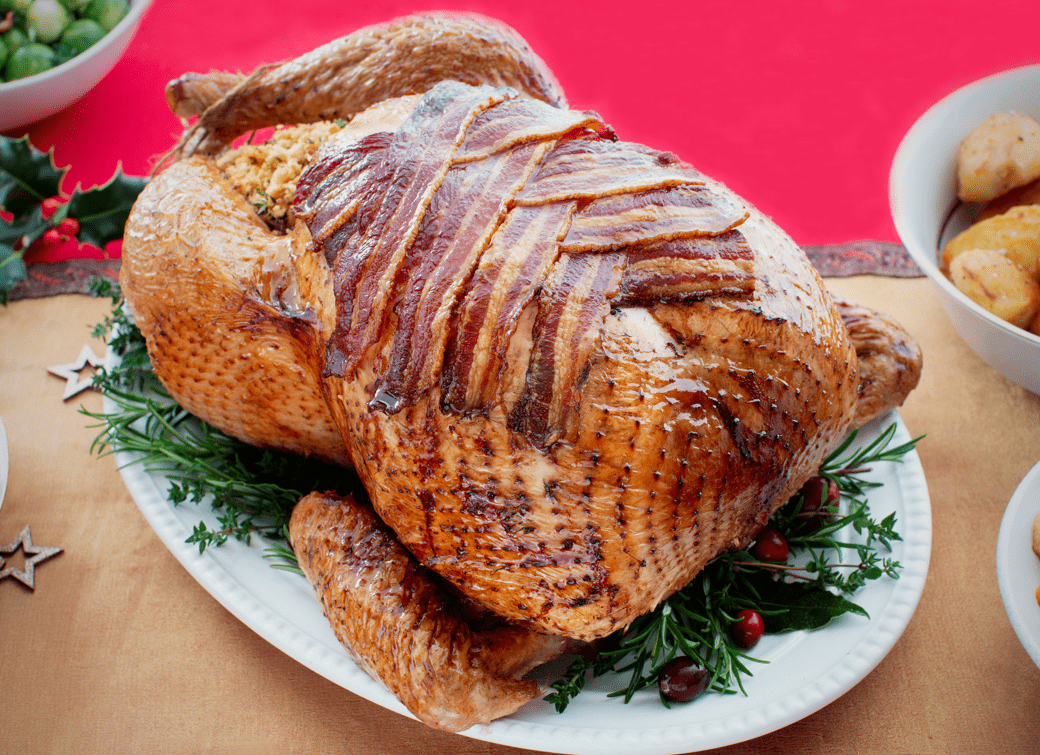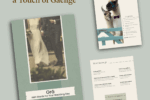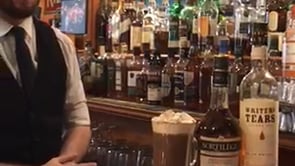Traditions are especially cherished at this time of year, and often in parts of the country where the past does not seem so long ago. Author Felicity Hayes-McCoy recalls some of the Christmas rituals being celebrated in her corner of west Kerry.
In Ireland in the past, doors were left unlocked on Christmas Eve and fires that were usually covered with ashes at bedtime burnt brightly all night on the hearthstones. Each night during the Christmas season candles shone in the windows, sometimes anchored by sea-sand in jars wrapped in coloured paper, sometimes just set in a hole gouged out of a turnip.
The Christmas candle in the window on Christmas Eve
In many households today those old glass or stoneware jars, that once held jam or marmalade, are still carefully kept. Here in West Kerry they come out at Christmas to be refurbished, or just polished, and carefully set on the windowsills. And boxes of tall, red candles, big enough to burn each night through the Christmas season, still appear in shops here in December, along with boxes of salted fish, called ling, that’s traditionally eaten on Christmas Eve.
The open doors, the fires and the candles in the windows are part of Ireland’s traditional Christmas rituals. They offer symbolic warmth and shelter to Joseph and Mary on their way to Bethlehem, where, in the Christian story, Christ was born in a stable because there was no room at the inn.
These days the candles in Irish windows are often powered by electricity but if you cross the mountain to Dingle on Christmas Eve the pinpoints of light, clustered like stars, still mark the presence of villages. And for centuries, Christmas lights here were more than symbols. Flickering in the darkness, they offered shelter to any and every wanderer who walked the Irish roads on Christmas Eve.
It was an echo of the ancient, pre-Christian belief, held all over Europe, that a stranger on the threshold seeking shelter might well be a god in disguise.
Celtic inheritance
Everywhere you look at Christmas time in West Kerry you can see Ireland’s Celtic inheritance, still present in rituals that once brought energy and confidence to the darkest months of the pagan year.
Take The Wran’s Day, the 26th of December, when one of the biggest holiday events in Ireland takes place in Dingle town. Its name is a corruption of the English word ‘wren’, and in the Irish language it’s Lá an Dreoilín. There’s endless research on The Wran’s Day, and suggestions that dreoilín, the word for wren, comes from draoi-éan, ‘druid’s bird’. The festival’s certainly as old as the ancient gatherings in which disguised dancers swayed between bonfires, music and lights, dancing to ward off midwinter famine and darkness.
Ancient gatherings
In the past, groups of boys here used to dress up in rags or old coats turned inside out. Each separate group was called a ‘wran’. Smeared with soot, or wearing masks, they’d go from house to house, playing music and asking for pennies. Nowadays most people head for Dingle instead to join the rival parades that march and dance through the streets playing music. The collections are mainly for charities now and wrans compete to see who can raise the most money for local causes.
A living link to the past
Starting at sunrise, the festivities continue late into the night, when groups of masked musicians play and dance in the pubs and the streets, defying the winter cold and darkness. Everyone’s welcome to join the celebration. Like the open doors and flickering candles, the tradition of the Wran reaches out to friends and strangers alike. Rooted in ideas of hospitality and sharing, it’s not just a great way to keep the Christmas party going. It’s a living link with West Kerry’s ancient Celtic inheritance.
Felicity Hayes-McCoy’s The House on an Irish Hillside is a memoir of her personal relationship with the Dingle Peninsula.
Source: Ireland.com









